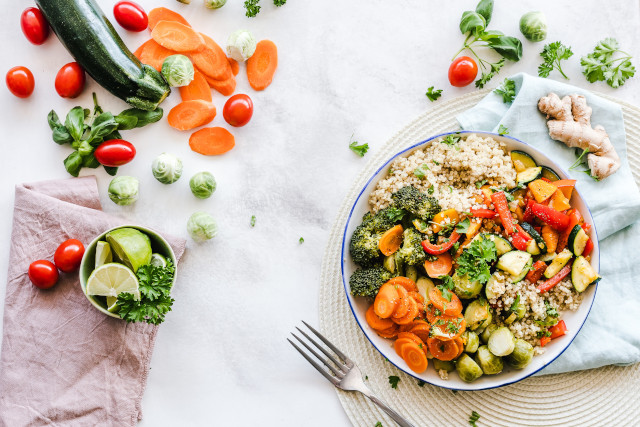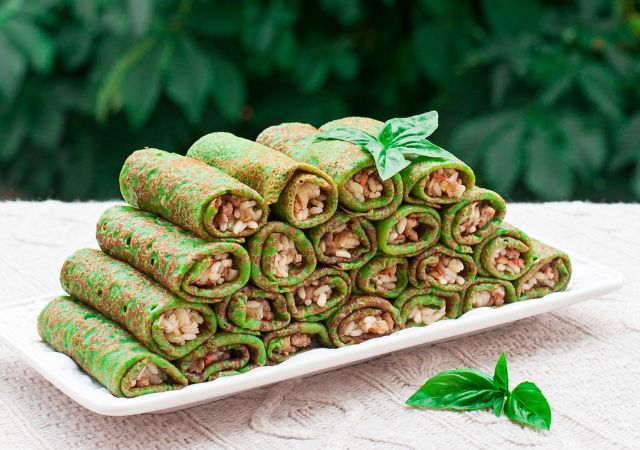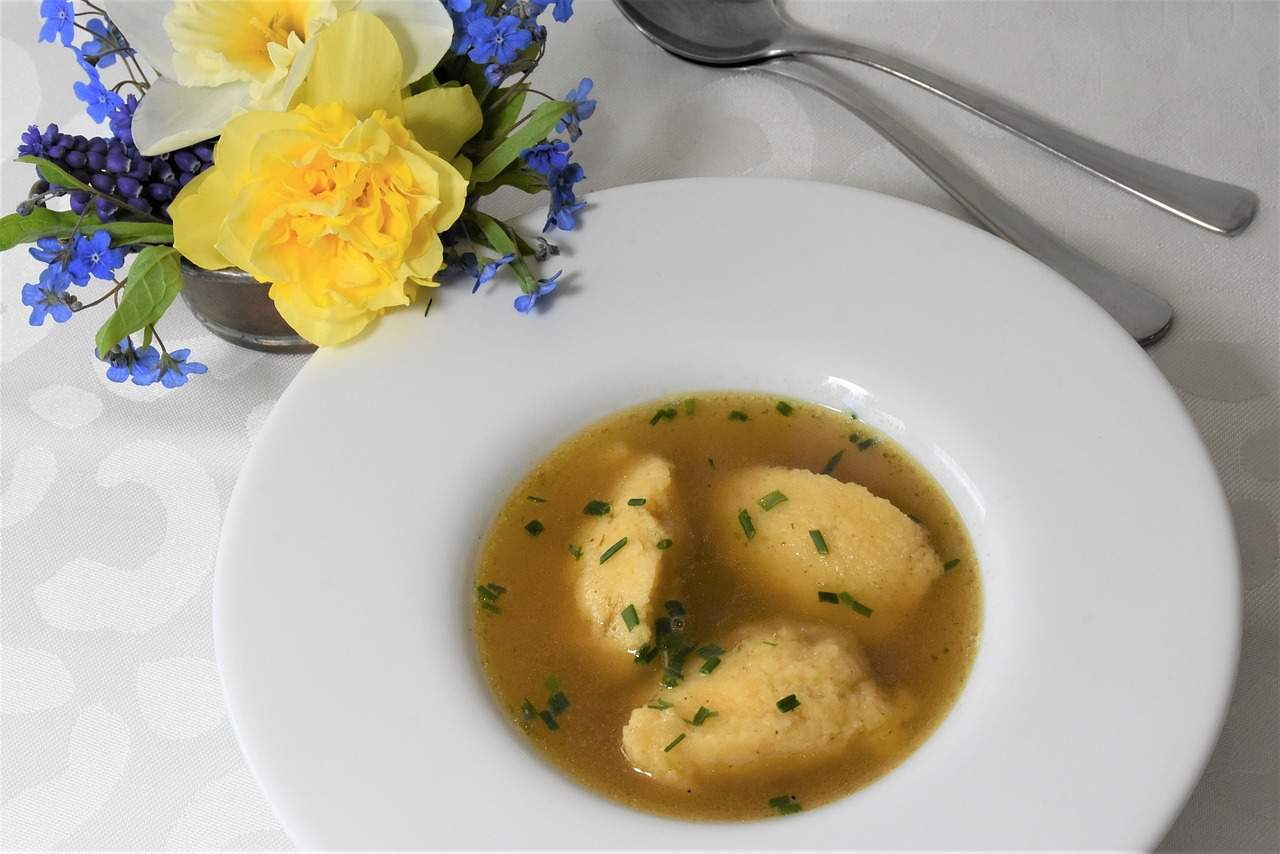
Semolina is made from ground husked wheat. It is used in Indian cuisine to make savoury dishes such as semolina dosa, as well as sweets. The most famous include semolina ladoo and sooji halwa in North Indian cuisine. Amid the hurricane that is the superfood trend, semolina has recently joined the parade of this much hyped group. Many influencers out there vouch for this grain as yet another superfood, joining with oats and barley and such.
A look at the US Department of Agriculture will tell you that semolina, of which semolina is a variant, is very, very low in saturated fat, high in fibre and protein. But many nutritious foods that are great for the average person may not be great additions to meals of a diabetic.
Contents
Because diabetes is such a complex disease that makes your body sensitive and reactionary to a lot of things, such as carbs, sugar, dairies, saturated fat, and cholesterol, it is really important to do the research even on the healthiest-looking foods. Semolina is one of them.
In this article, we are taking a look at the effects on health of semolina and how it might impact people with diabetes. Additionally, because semolina, though picking up some fame among the superfood circles, is still a minority ingredient, we are also looking at some diabetes-friendly recipes.
Semolina may help with weight loss
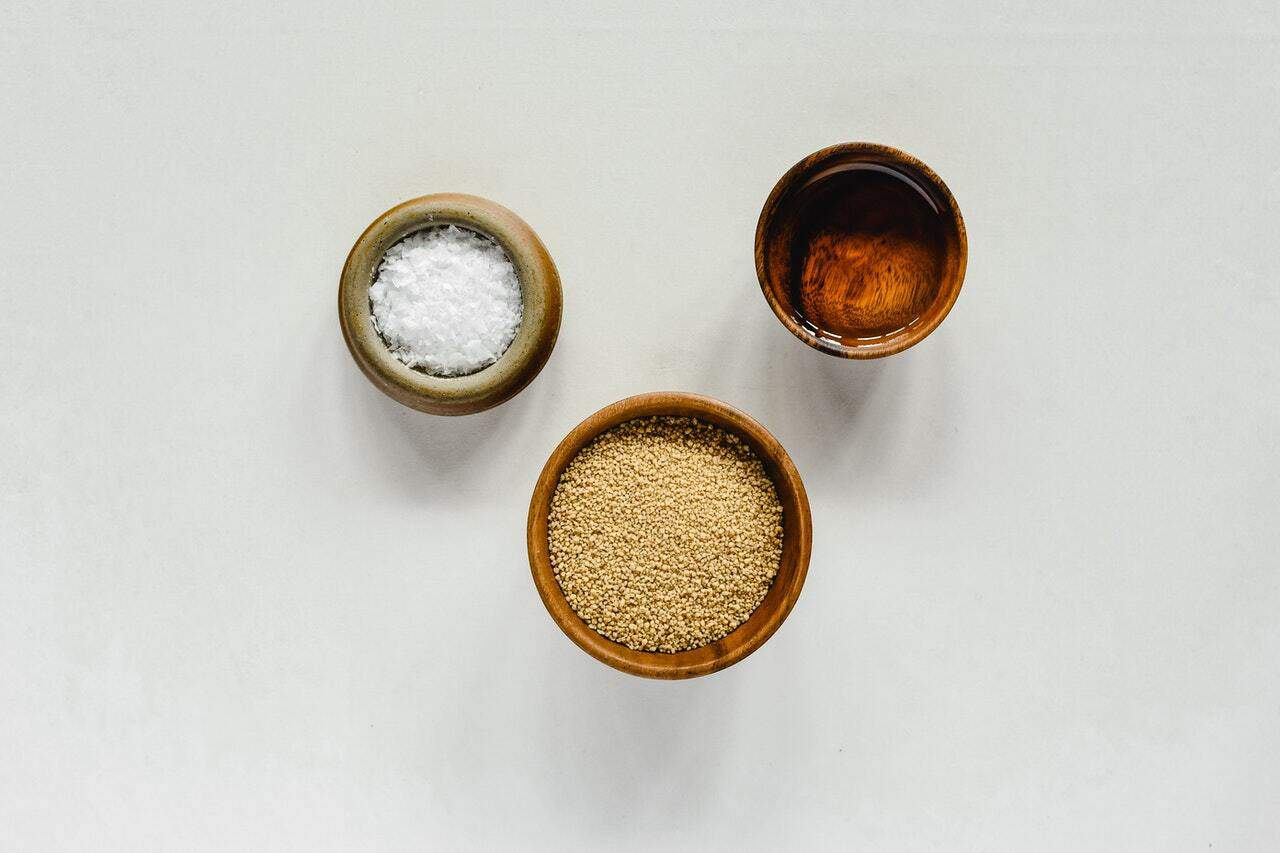
As mentioned above, semolina contains high fibre and protein, along with a rich reservoir of minerals our bodies need to function. Nutritional scientists carried out a study to find out the health effects of a group of nutrients, among which protein and fibre, and found that both of these substances help with slow digestion and appetite control between meals.
The reason why carbohydrates spike our blood sugar levels—or at least one of the reasons—is that they are quickly digested and broken down into sugars which are at once carried off through our bodies in blood. By slowing down digesting speed, the protein and fibre make sure no sugar enters the bloodstream in large quantities at once. Because of this slowed digestion, your appetite after eating a meal will naturally remain satiated for longer.
It doesn’t really take a nutritionist to know that fast digestion—which means quick absorption of energy, meaning calories—and frequent appetite spikes are two of the main culprits contributing to obesity.
Diabetes, as a disease that hallmarks a deficiency in the insulin system, can cause troubles in the weight domain. Indeed, Diabetes Canada deems weight management as one of the most important aspects in managing diabetic health, for obesity and diabetes often go hand-in-hand.
Semolina, being a mainly coarse grain, is not heavily processed, and so most of that fibre and protein is retained. Hence, this variant of the semolina seems to be an excellent addition if weight management is currently one of your primary goals. But do give the doc a ring if unsure.
Semolina contains super minerals

It seems that it is not for nothing that semolina is hyped as a superfood, rather than a run-of-the-mills heathy grain.
In 100 grams, semolina, semolina variant, contains 11% of daily values for magnesium and 6% for iron. These numbers suggest that semolina is a rich source of helpful minerals.
What is meant by “helpful”? We mean iron and magnesium prove to be beneficial for diabetic people.
In a research review study carried out by a group of researchers in 2014, iron was shown to be an essential mineral that participates and help regulating the absorption and metabolism of food we consume. A deficiency in iron would mean a dysfunctional metabolic system, which is bad, bad news for diabetic people.
Researchers gathered in 2011 to review the effects of magnesium on type 2 diabetes and found that magnesium had a beneficial effect on diabetes risk. Specifically, all of the literature on the topic available up till the time of research had been gathered. A consensus was reached among the literature that the risk for type 2 diabetes decreased further the more magnesium you consume in your diet.
Yet another review carried out in 2018 focused on the effects of magnesium consumption on cardiovascular disease. The authors of the review found that a higher concentration of magnesium in blood circulation was connected with a lower risk for cardiovascular diseases and strokes. Since cardiovascular disease has always been intimately connected to diabetes, magnesium can be said to help improve the overall health of those with risk for diabetes.
Semolina is a new best friend for your heart
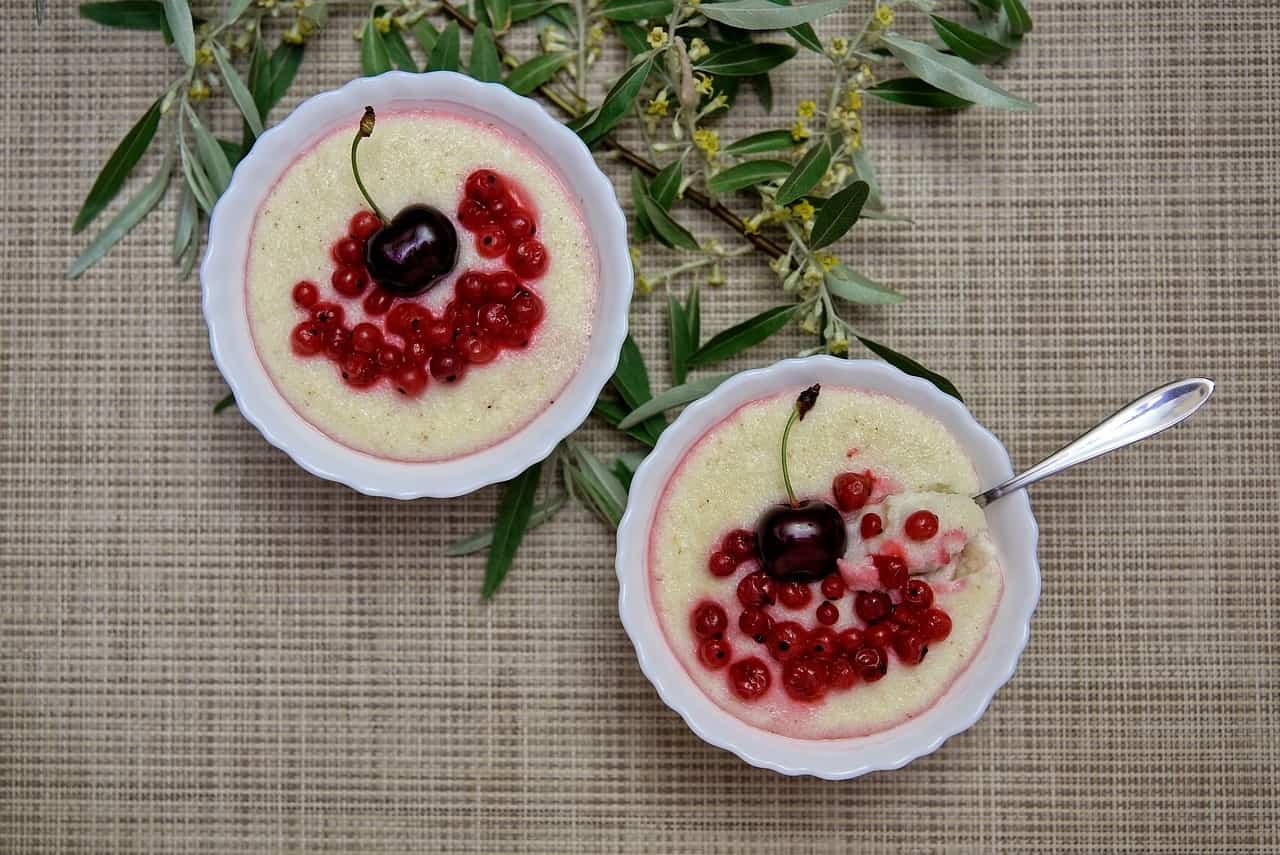
Besides magnesium, semolina’s high fibre content also promotes heart health. An all-encompassing review conducted in 2017 of 31 studies about the effects of fibre-rich diets on cardiovascular health showed that the fibrous foods helped to reduce the risks for developing a heart disease significantly.
Another substance naturally occurring in semolina grains is folate, folic acid, which is the natural form of vitamin B9. This vitamin, like magnesium and fibre, also promotes health of the heart.
Researchers found, in 2010, that diets rich in folate, compared to those with little to none, reduced risks for cardiovascular diseases by as much as 23%.
As briefly brushed over earlier in this article, cardiovascular diseases often go hand-in-hand with diabetes. Therefore, it looks like semolina has more properties than one that can potentially make the lives of people with diabetes easier.
But the magic of semolina does not stop here.
Semolina and blood sugar level
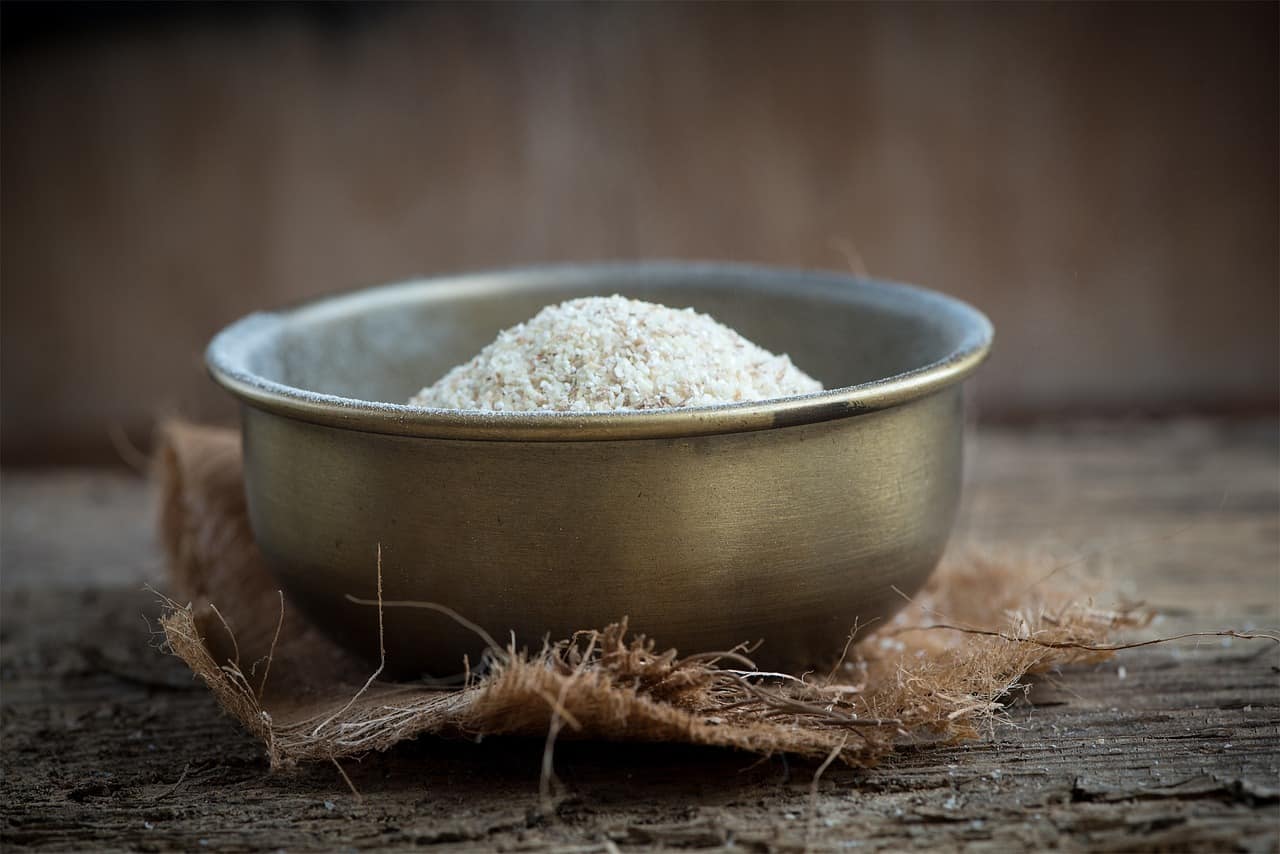
Among the many factors contributing to cardiovascular and diabetic health blood sugar level is one of the most important. In our post about ragi and diabetes we have already mentioned that fibre helps to moderate blood sugar levels by slowing the absorption of sugar into bloodstream.
In the case of semolina, dietary fibre is not an army of one in the fight against elevated blood sugar levels. Its comrade comes in the form of the amazing magnesium.
In a review conducted in 2004, scientists found that magnesium has very important roles to play in the body’s insulin response, insulin being the primary deficient hormone in diabetics. Specifically, they found that a deficiency in magnesium led to an increased resistance to insulin in the body.
Further corroborating the findings compiled in the above 2004 review, a study conducted in 2011 found that increased intake of magnesium through dietary interventions were linked to a decreased risk for type 2 diabetes.
Conclusion
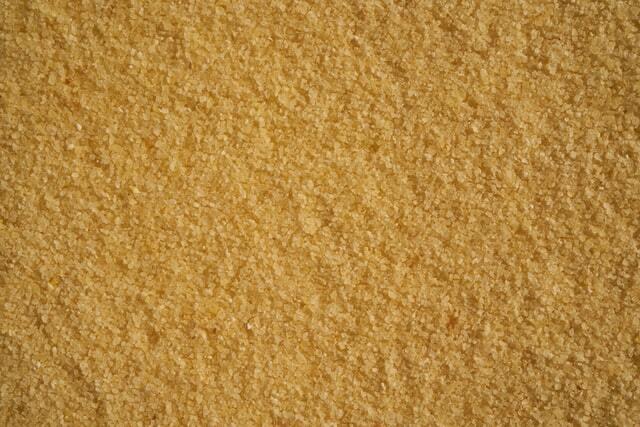
So, what’s the verdict, if there is one, about semolina—is it safe for diabetic people? Yes, it’s more than safe. Semolina, it looks like, is not simply a hyped superfood for people who are looking to take their fitness and health to the next level, but an actual one that can help those struggling with a stubborn disease like diabetes live a healthier and happier life.
It not only has a generally healthy nutritional profile, the nutrients and hormones and minerals, especially dietary fibre, magnesium, and folate, can help improve the health of diabetics indirectly, by lowering risks for heart disease and managing weight. Additionally, some of them even help with diabetics directly by helping to manage blood sugar levels and improving the body’s response to insulin.
In short, semolina, as a kind of super grain, might just be the kind of food you want to incorporate into your diabetes-conscious meals. After consulting and getting the green light from your doctor, of course.
But what, exactly, can you do with semolina in the kitchen?
How to use semolina
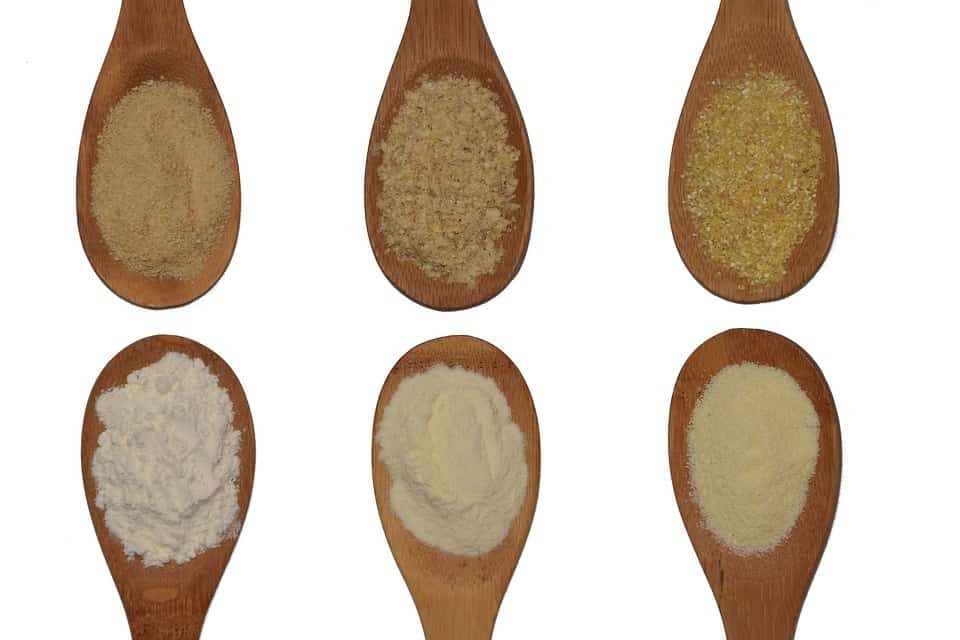
One of the things semolina does best, as a kind of grains, is as a thickener, replacing regular flour.
During winter months, stew is no doubt a favourite in the households. But you don’t need to make do with water-thin stew just because you should stay away from flour. Even if your doctor cleared you for small amounts of flour used in a stew (which is a tablespoon, usually), why use the regular, carbs-filled stuff that’s not even nutritious when you’ve got a super grain?
Another use of semolina also takes its inspiration from flour. What else do you use flour for, besides baked goods, which, if you have diabetes, is definitely a no-go?
Answer: Crisp. No, not the fried stuff full of saturated fat. But as long as you use oil, you can add some semolina as crust for your meat or fish or even vegetables to make them extra crispy! Just roll the food itself in a thin layer of oil first, or partially cook the surfaces before pressing the coarsely ground semolina into the flesh to form a uniform crust.
Finally, semolina, as a grain, naturally can be boiled and eaten with your choice of condiments. This super grain is actually more flavorful than your regular rice or even oat, so as a meal, it shouldn’t be too hard to swallow.


